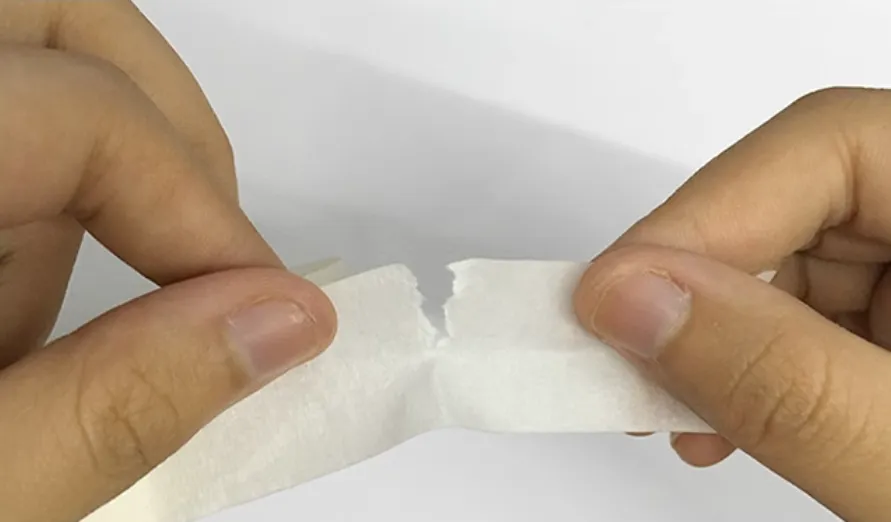Exploring the Minimalist Aesthetic of Homes Without Skirting Boards for a Sleek Finish
Embracing the No Skirting Board Look A Modern Design Trend
In recent years, interior design has experienced a significant evolution, with various trends coming and going. One of the most interesting and contemporary styles gaining traction is the no skirting board look. This innovative approach to interior finishing reflects a minimalistic ethos, focusing on clean lines and simplicity. The absence of skirting boards can alter the aesthetic of a space and offers several functional benefits as well.
Understanding the Concept
Traditionally, skirting boards, also known as baseboards, have been used in homes to cover the joint between the wall and the floor. They serve both aesthetic and practical purposes—protecting walls from scuffs, concealing wiring, and adding a finishing touch to the room's décor. However, the no skirting board look makes a bold statement by eliminating these fixtures altogether, creating a seamless transition from wall to floor.
This design choice emphasizes the beauty of the materials used, whether it’s an elegant wooden floor, polished concrete, or stylish vinyl. By removing skirting boards, the focus shifts entirely to the room's surfaces, offering a cleaner and more streamlined appearance.
Aesthetic Appeal
One of the primary reasons for the growing popularity of the no skirting board look is its aesthetic appeal. Spaces devoid of skirting boards can give off a contemporary and sophisticated vibe. This style is particularly popular in modern minimalist interiors where every element is carefully curated for simplicity and cohesion.
The lack of skirting boards can also make a space appear larger. The uninterrupted line between the wall and floor creates an illusion of height and depth, which can be especially beneficial in smaller rooms. This seamless appearance can be complemented by careful selection of wall colors and flooring materials, allowing homeowners to express their style without the visual interruption that skirting boards often create.
no skirting board look

Practical Benefits
In addition to its visual advantages, the no skirting board approach offers practical benefits as well. Without skirting boards, there are fewer areas for dust and dirt to accumulate, making cleaning easier and promoting better hygiene. The smooth transition allows for simple wall cleaning and easier maintenance of flooring materials.
Furthermore, this design choice can facilitate the integration of modern technologies. With the right planning, sockets and wiring can be discreetly positioned within the wall itself, eliminating the need for unsightly conduits or baseboard heaters. This makes the space not only aesthetically pleasing but also functionally efficient.
Considerations for Implementation
While the no skirting board look can enhance the design of a home, it’s important to consider a few factors before fully committing. Proper attention must be paid to the edges of the wall-finish interface to ensure a clean and professional appearance. This may involve using specialized tools or techniques to achieve a smooth finish.
Moreover, selecting the right type of flooring is crucial. Certain materials may require a proper edging solution to maintain durability and functionality. Consulting with a professional can often yield the best results, as they can offer guidance and suggestions tailored to the specific needs of the space.
Conclusion
The no skirting board look represents a shift toward a more streamlined and modern approach to interior design. It challenges traditional aesthetics and encourages homeowners and designers to rethink how spaces are finished. By embracing this trend, one can create a clean, sophisticated environment that not only looks great but also enhances the functionality of the space. As we continue to explore the boundaries of design, the no skirting board look is proving to be a compelling option for those seeking a fresh and contemporary feel in their homes.
-
Waterproof Advantages of SPC Flooring Vinyl in KitchensAug.06,2025
-
SPC Hybrid Waterproof Flooring Thickness GuideAug.06,2025
-
Leveling Subfloor Before My Floor SPC InstallAug.06,2025
-
How Mesh Deck Skirting Improves Outdoor Pest ControlAug.06,2025
-
Choosing the Right Commercial Flooring for Your Business NeedsAug.06,2025
-
Choosing the Best Residential Flooring: A Comprehensive Guide to Style, Durability, and ComfortAug.06,2025




